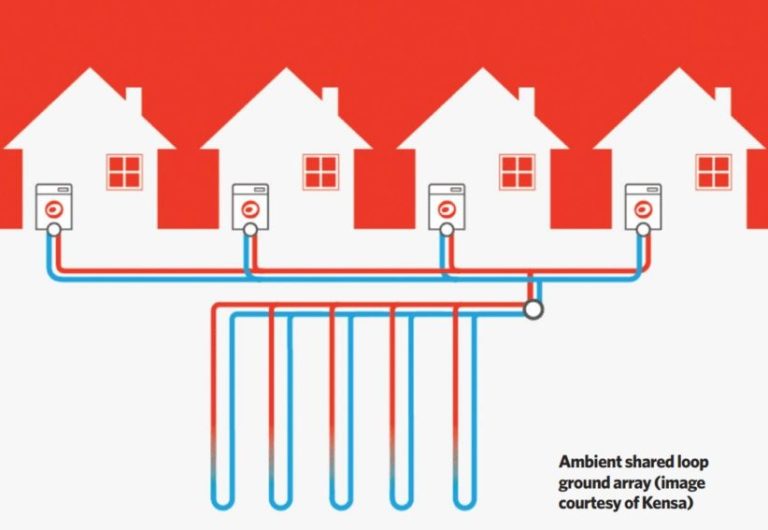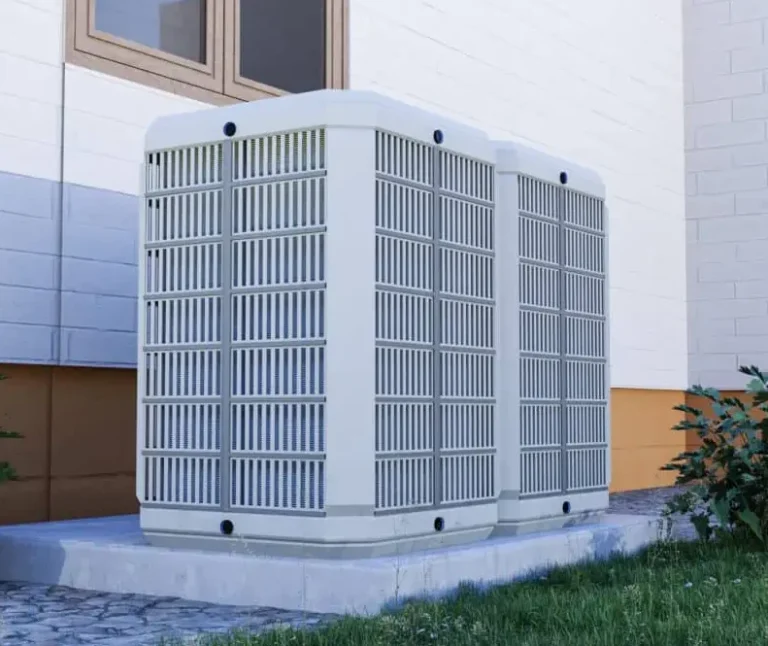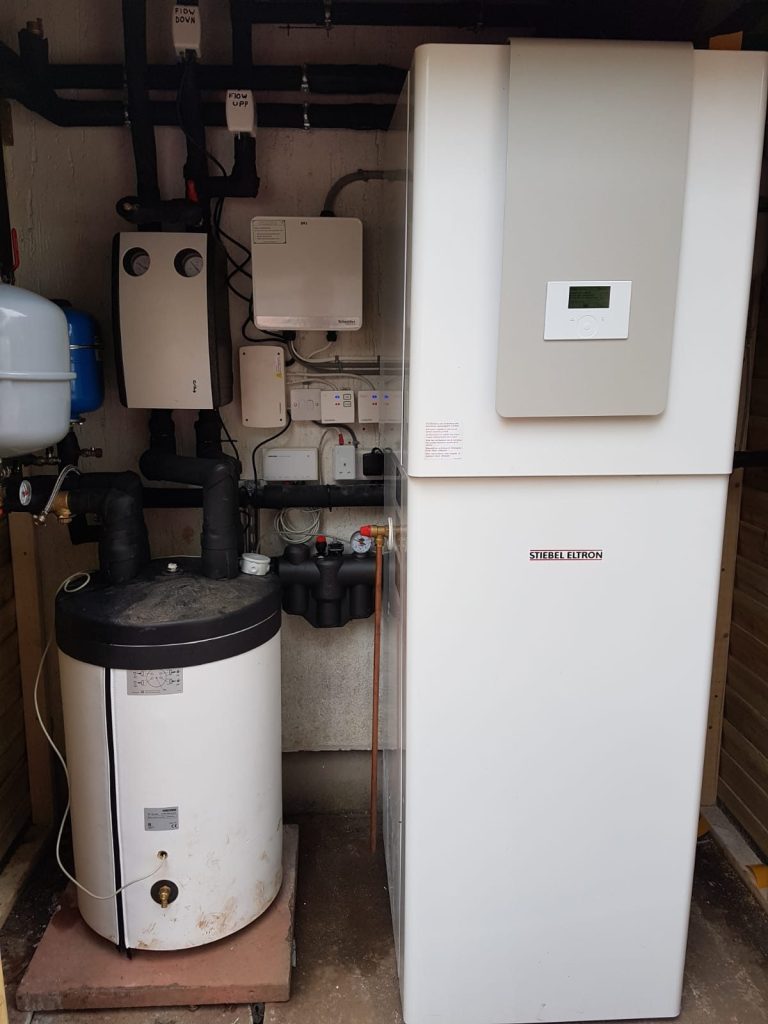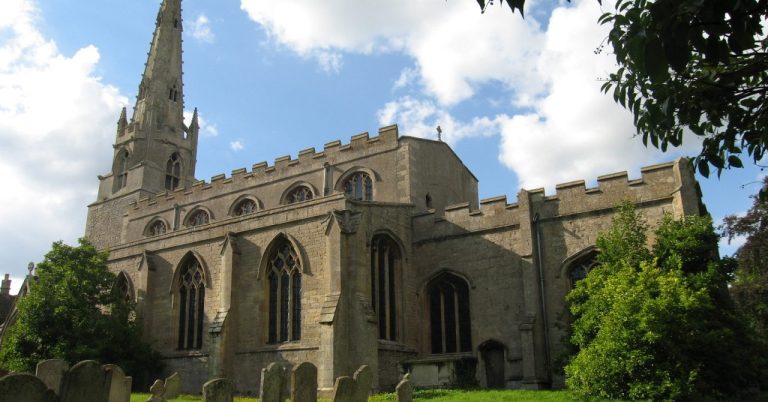Why spend the time and effort looking into community energy?
There are over a million homes in England still using fossil fuels for heating and not connected to the gas grid. With the Government aiming to phase out fossil-fuel systems in these areas as part of the UK’s Net Zero strategy, the clock is ticking on how we prepare.
At the same time, the sharp rise in global energy costs is something we’re all feeling.
As residents, our working group recognises how difficult it can be for individual households—especially in rural areas like ours—to make the switch to low carbon heating. It’s not just a matter of swapping systems.
People are facing:
- High upfront installation costs
- Running costs that can be steep in older stone homes
- Technical obstacles with retrofitting older buildings
- Reduced comfort levels compared to traditional systems
- Planning restrictions, particularly in Conservation Areas or Listed buildings.
- Disruption caused by installing new radiators or pipework
Taken together, these barriers make it hard for households to go it alone.
But together, we have more options.
By working as a community, we can unlock grant funding, reduce costs through shared infrastructure, and make the most of support that wouldn’t be available to individuals alone. More importantly, we can make sure the energy transition is achievable for every home—so no one gets left behind.

What is Community Energy and what are the benefits?
Community energy is a locally focused model where communities take an active role in generating, managing, and consuming renewable energy. Unlike traditional, centralised energy systems operated by large utilities, community energy involves local ownership and operation of renewable energy projects, often focusing on solar and wind power. It can also include community heating solutions, such as shared ambient loop heating systems with heat pumps, to deliver sustainable heating at a community level. Benefits include revenue retention (profits from local energy generation are reinvested within the community, reducing reliance on external suppliers), reduced energy costs (community members often benefit from lower energy bills through shared ownership and usage agreements), energy resilience (local control of energy resources provides resilience against price fluctuations and supply issues) and environmental benefits (whereby low-carbon technologies reduce community reliance on fossil fuels).

What happens if we do nothing?
One of the key questions we've explored as a group is: what happens if we don’t create a community-led solution?
With the UK still aiming for Net Zero and the gradual move away from fossil-fuel heating—especially in off-gas areas—local households could soon face fewer options when it comes to replacing aging oil or LPG boilers. Even though the original 2026 phase-out date has been delayed, these old technologies will become obsolete.
Without a joined-up plan, people will likely have to choose from:
- Replacing their boiler early, ahead of any future bans
- Investing in their own low-carbon system like a heat pump
- Switching to an electric boiler or biodiesel alternative
But going it alone isn’t always practical or affordable. That’s why we’ve been looking closely at the benefits of working together as a community.
A shared system could help deliver:
- Lower upfront and running costs, by using economies of scale and unlocking grant funding that isn’t usually available to individuals
- Access to better technologies—for example, shared ground-source heating, which isn’t an option for many households on their own
- Tailored technical support, especially to help adapt older homes and navigate planning constraints like conservation areas and listed buildings.
Doing nothing might feel easier now - but acting together could mean a more affordable, resilient and locally appropriate solution long term

What is an ambient heat loop?
A shared ambient loop connects a number of boreholes below ground, circulating water at a steady ground temperature to small ground source heat pumps in each home. This setup typically supports clusters of around 5 to 15 houses, using between 3 and 12 boreholes depending on the layout.
The system relies on durable plastic pipework buried underground, with very few moving parts—just the circulation pumps that keep the water flowing. Thanks to this simple design, ambient loops are long-lasting, with an expected lifespan of over 60 years—something that can be a real advantage when it comes to securing funding.
What is a heat pump?
A heat pump is a clever bit of kit that moves warmth from one place to another—essentially working in reverse to a fridge. Even when it’s freezing outside, it can still extract heat from the environment and concentrate it to warm a home.
Depending on the source, heat pumps come in a few forms:
Air source (drawing warmth from the air)
Ground source (tapping into the steady temperature underground)
Water source (using heat from rivers, lakes, or ponds)
In the system we're exploring, a ground source heat pump collects low-grade heat from a shared ambient loop—where the water flows at the natural ground temperature—and boosts it to a level suitable for heating and hot water inside the home.
While heat pumps do work in cold conditions, they’re more efficient when the outside temperature is milder, as they use less energy to do the job. Ground source models are especially reliable, with an average lifespan of around 20 years and typically lower maintenance needs than a traditional gas or oil boiler.
The technology is tried and tested, already in use across the UK and in countless systems worldwide.



Example of an Air Source heat pump
Example of a ground source heat pump
Example of a Water Source heat pump
Phase One Feasibility Study FAQs
If you don't find the answer to your questions here, please get in touch.
1.How will this project benefit me?
The aim is to provide more predictable energy bills, warmer homes, less air pollution, and greater long-term energy security for all residents.
2.Who can participate?
All residents of Nassington are welcome to participate. We value the involvement and input of everyone in the community. Please use our sign up link to get involved or contact one of the committee members.
3. How will this project address energy cost savings?
By leveraging sustainable energy solutions and community energy schemes, we aim to reduce reliance on external energy providers, leading to more stable and potentially lower energy costs.
4. What types of sustainable energy solutions will be implemented?
We will explore a variety of solutions including solar panels, heat pumps, and community energy schemes to find the best fit for our village.
5. How can I provide input or feedback to the neat project team?
You can provide input through our surveys, community meetings, and by contacting us directly. Your feedback is crucial to the success of the project.
Email can be sent to Kate.NEATproject@outlook.com
6. What if I am not interested in sustainability?
Even if sustainability isn't your primary concern, we are also looking to provide financial benefits and energy security that can positively impact all residents.
7. How will potential negative feedback or concerns be addressed?
We are committed to transparency and open communication. We will address concerns through community meetings, clear communication, and by working closely with all stakeholders.
8. What is the timeline for the project?
The project will roll out in phases. Phase 1 the Feasibility study will be completed by the end of April 2025. With a presentation of that report in public events on the 15th and 16th of May 2025.
9. How can I get involved with neat?
You can get involved by attending our meetings, filling out the energy survey, volunteering, or simply staying informed and spreading the word.
Do get in touch via the contact us page, or by email if you would like to join our growing community of interested residents, or if you would like to become a more active member of the committee.
10. Who will pay for the infrastructure?
There are multiple options to fund the capital costs of such a project, which include Government grants, charitable grants, community share offers or crowdfunding. This will be explored further once we know exactly what infrastructure we are proposing.
11. Will there be funding for linking my house to the solution?
This depends entirely on the type of scheme deemed most technically and financially feasible, and the type of scheme the community decides to take forward. Funding may be available through Government or Local Authority grants, or charitable grants. Options will become more apparent as the project progresses through the various stages of feasibility and design.
12. I already have a heat pump. How will your project benefit me?
If the scheme includes a level of local generation (such as solar PV or wind), then there will be the potential to take part and co-invest, which could save money on your existing electricity bills. Where the scheme includes shared heating options, then your current heat pump is unlikely to be directly suitable to connect to the infrastructure, however your property is likely already optimised for a heat pump solution and may have much of the infrastructure required, therefore future connection may be much quicker and cheaper. However, whether that is viable will depend on individual circumstances and would need to be explored in more detail at the design stage.
13. I already have solar panels and heat pump does your project apply to me?
If the scheme includes a level of local generation (such as solar PV or wind), then there will be the potential to take part and co-invest, which could save money on your existing electricity bills. Where the scheme includes shared heating options, then your current heat pump is unlikely to be directly suitable to connect to the infrastructure, however your property is likely already optimised for a heat pump solution and may have much of the infrastructure required, therefore future connection may be much quicker and cheaper. However, whether that is viable will depend on individual circumstances and would need to be explored in more detail at the design stage.
14. What options are you looking at and how will it be decided?
The primary focus is on assessing the feasibility of a low carbon district heating network, which could be supplied with heat through a variety of different technologies, such as ground, air or water source heat pumps. In addition to this, we are assessing the feasibility of developing a heat store, and investigating options for the generation of renewable electricity, such as through solar PV or a wind turbine, which would reduce the costs of electricity required to run the heat network. At this early stage of feasibility, no options are off the table; however, through careful technical and financial analysis, we will be able to determine the most suitable, and economically viable technology, or mix of technologies, to take forward to the next phase of feasibility.
15. I have a listed home so how can sustainable energy help me?
Listed homes certainly introduce additional challenges; however, the introduction of low carbon heat is still very much possible. This could be through the replacement of an existing oil boiler with a heat exchanger, connection to a district heat network, and an alternative heating profile (i.e. hours of operation) than you are currently used to.
16. I live in a council owned home so how will this benefit me?
This depends on the type of scheme deemed most technically and financially feasible, and the type of scheme the community decides to take forward, as well as the interest in the Local Authority to adapt homes to accommodate any necessary infrastructure.
17. How can we have sustainable energy in a conservation area?
Any infrastructure proposed will be designed sensitively to minimise any potential impacts upon the conservation area. As the Nassington Conservation Area is limited to the area surrounding the church/Church Street, there are multiple areas for investigation outside of the conservation area.
18. Are you putting windmills up around the village?
Our ambition is to identify a way to end Nassington’s reliance on oil and other fossil fuels through assessing the feasibility of low-carbon heating (such as a district heat network powered by heat pumps). We will also be investigating ways to offset the electricity needed to power the network through renewable energy generation, including solar PV and wind turbines, but this is unlikely to result in the recommendation of multiple wind turbines around the village.



